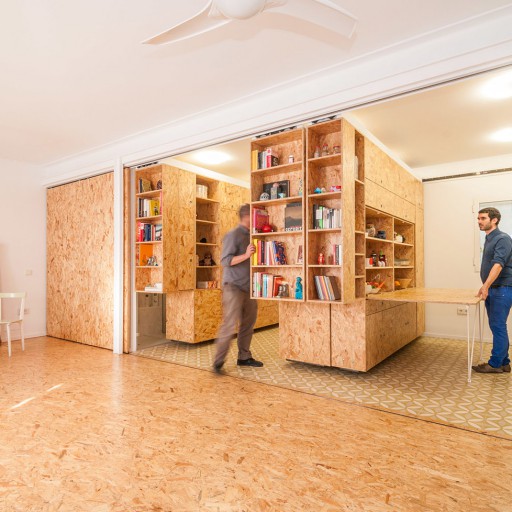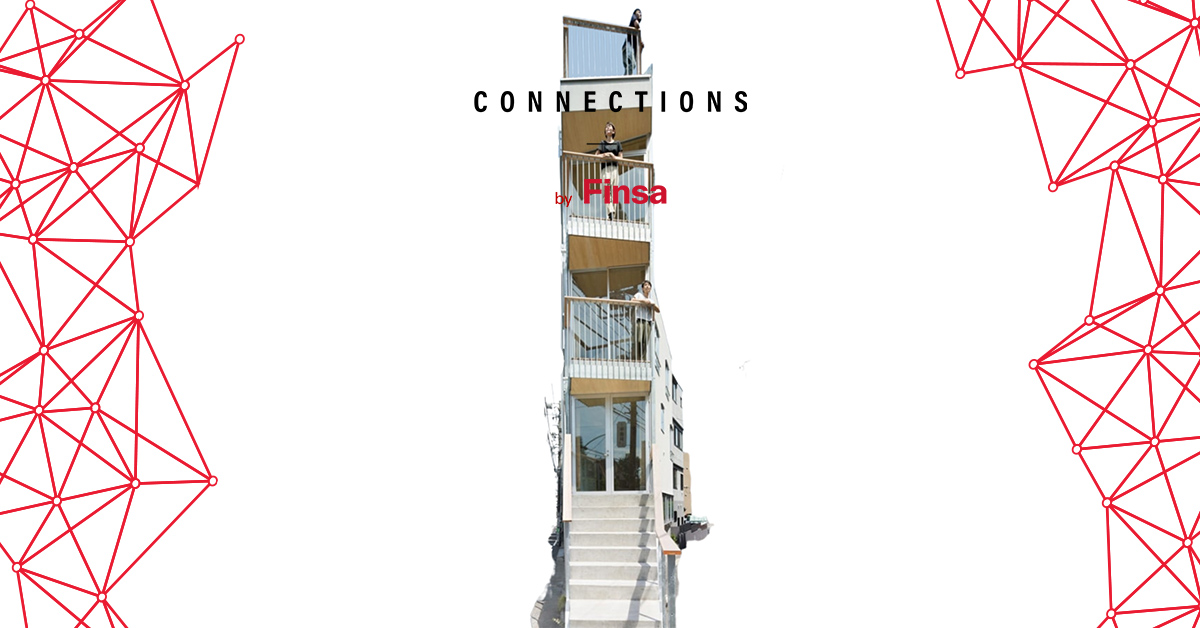One of the latest changes to the Spanish Technical Building Code is that it is now obligatory to include solar control systems in buildings. Why has this decision been made and what are some of the new, or not so new, materials that we can use for exteriors to meet the criteria? We’ve broken it all down into three bite-sized pieces for you:
Climate change and materials for exteriors
The solar incidence angle has already been a big focal point for years because of climate change. It’s all about a issue that can primarily be resolved using Passivhaus construction techniques, as well as by using interior elements such as curtains or, in more affected areas, systems on the exterior of the structure.

What materials are being used for exteriors?
Stone, ceramic, and glass are being used alongside compact laminate or heat-treated timber. This combination can be found in Thermopine Gradpanel, a solar control system consists of technical wood and aluminium, a metal that has been a part of these types of elements for a long time.
The heat-treated timber boom occurred in 2000, with the goal of reducing the use of concrete and steel, an issue that brings us to something else that impacts their use: sustainability trend.
Sustainability: the driver of these technical changes
The lifecycle and carbon footprint of materials is an important factor here. We no longer only look at how much energy a building will consume once it’s built. Rather, we start right from the beginning, from the first piece of material that gets used. This sustainability trend has been supported by the entire real estate value chain – investors, funds, and owners – all of whom know that things must be built using the most circular approach possible.
The UN estimates that between now and 2030, approximately 3 billion people, mostly in South America and Africa, will move from rural to urban areas. What materials are we going to use to build to their housing? And how are we going to make sure that these structures are appropriate for the different climates that will exist in the future?
If you’ve enjoyed this analysis of the use of materials for exteriors, make sure you read our articles about architecture in dry, icy, and extremely humid climates.




